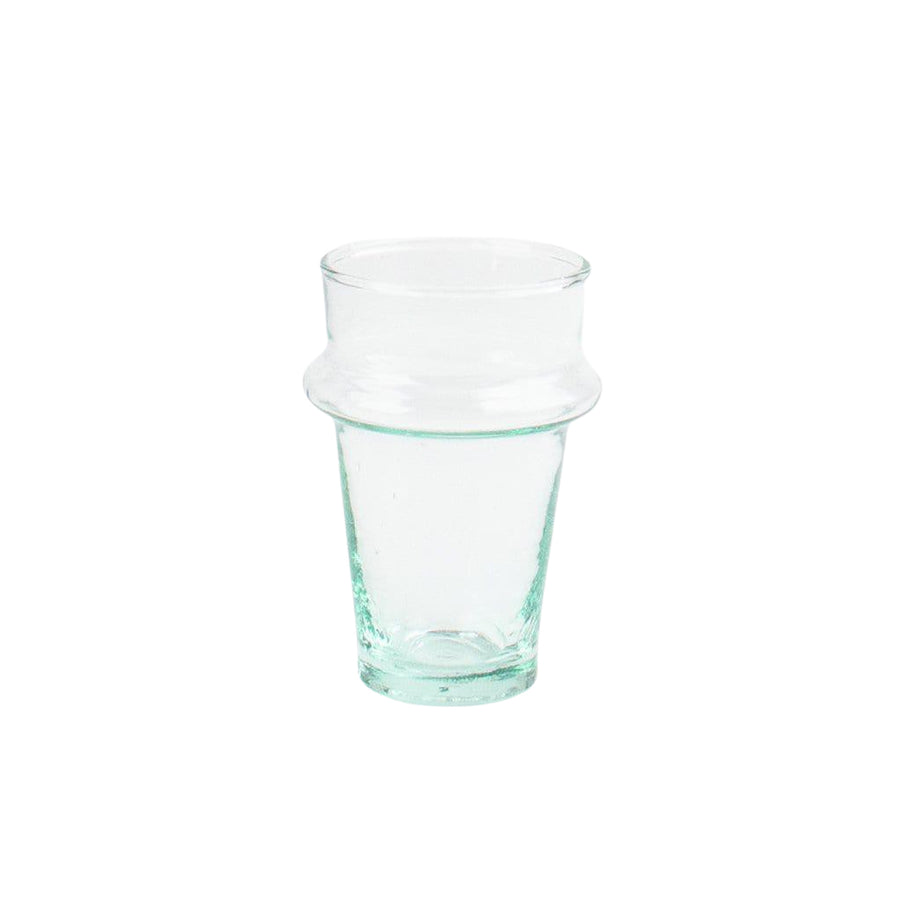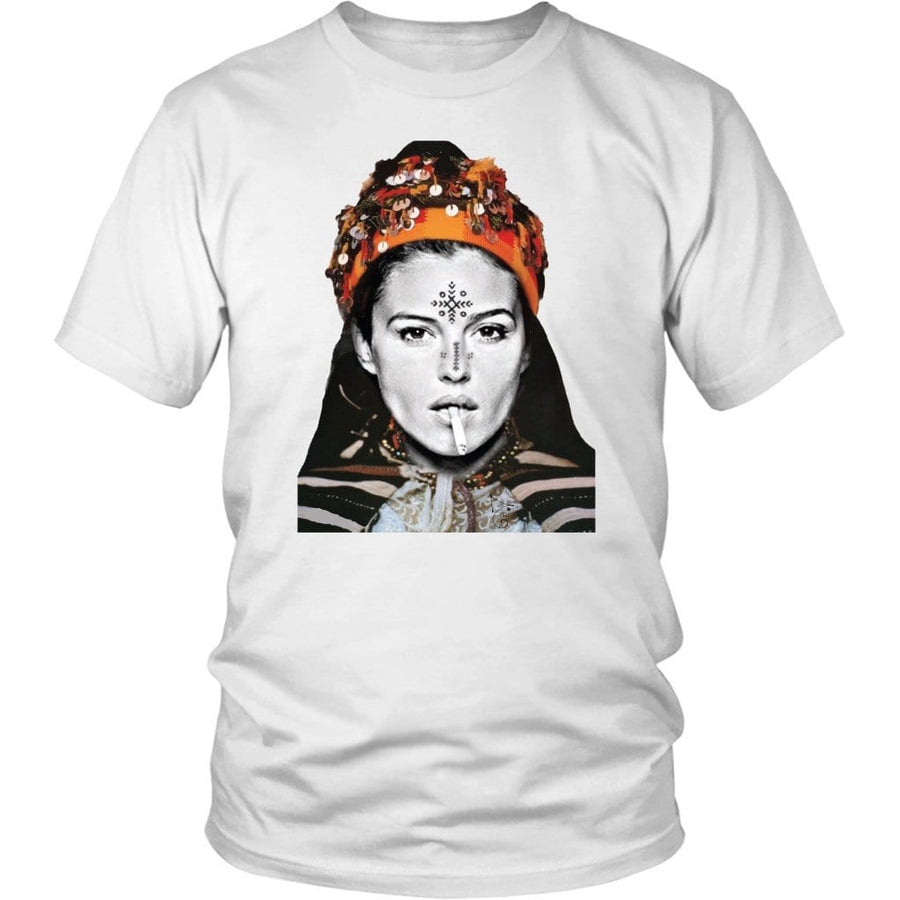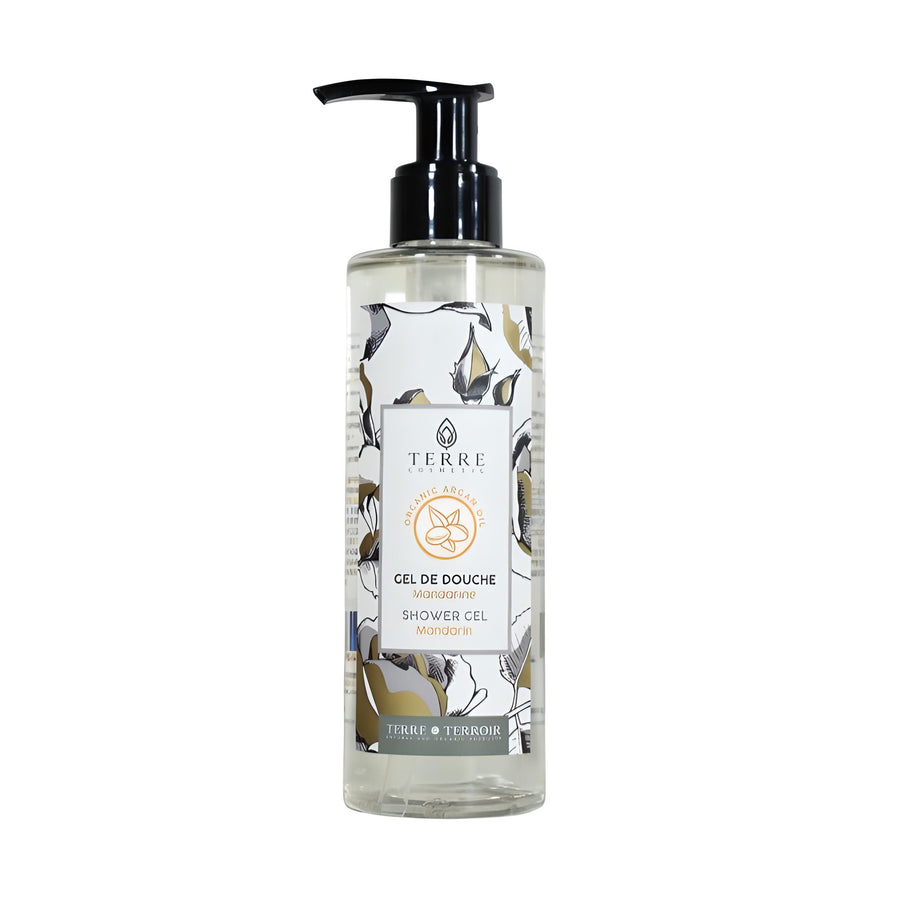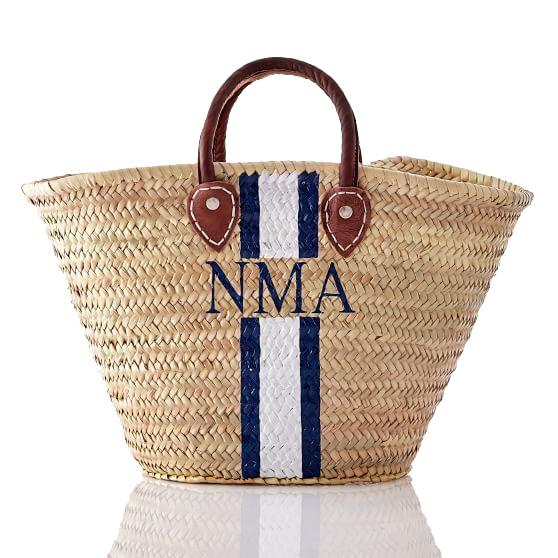THINGS YOU DIDN’T KNOW ABOUT MOROCCAN JEWELRY

Jewelry has been around for centuries. From the earliest civilizations, right up to our modern age, it has remained close to both men and women as a form of decoration and adornment. Jewelry has been a subject of art for centuries now, but it's also a cultural symbol for some countries as in Morocco.
Moroccan jewelry is a fine blend of creativity, style and traditional craftsmanship. It reflects the country's culture, heritage and the rich tradition of crafting jewelry that's steeped in history.
Are you fascinated by the intricate handmade Moroccan jewelry but you have no idea how it's made? Well, luckily for you, we have prepared interesting facts about the prized Moroccan jewelry.
THE HISTORY OF MOROCCAN JEWELRY

The history of Moroccan jewelry began a long time ago. For centuries, Morocco has welcomed immigrants from different groups. After the Spanish movement to reclaim lost lands in 1492, many Jewish goldsmiths came to Morocco and brought their expertise in jewelry making techniques. They started to share their knowledge with the Amazigh neighbors. At that time, the most common techniques used for sterling silver in Moroccan jewelry were enamel, engraving, and filigree. Semi-precious stones such as amber, coral and turquoise and amulets are usually attached to jewelry.
Source: Moroccan birds
THE MAKING OF MOROCCAN JEWELRY
There are many steps involved in the making of jewelry and it can be a lengthy process starting from a simple drawing to a reality.
1- DRAWING
The craftsman begins first by scratching his design on paper. Once the design of the Moroccan jewelry is made it must be glued on the plate. Or he can directly “engrave” the metal using a scribe.
2- CUTTING
It is impossible to make a piece of jewelry without cutting it out first. Whether in a glide or with wires, we will have to “get to the heart of the matter”!
In general, the craftsman uses a bocfil, in which he threads a thin saw blade. After coating it with a little wax, he can then attack the cutout of his jewel.
3- FILLING
To start this step it is necessary to resume its outline, and to erase the traces left by the teeth of the saw by filing it.
To accomplish this task, the craftsman uses several shapes and grains of files. Whether they are large, wide, thick, or fine, narrow and soft, it is useful to have several in order to best adapt to your work.
Files can also be used to hollow out, shape, or texturize metal.
4- TEXTURING
Texturing a surface can actually be done at many other times: it depends on the structure of the jewel.
Some projects will require the texture to be applied before welding the elements, for ease. Others will be preferable after a piece of jewelry is completely finished and polished, for better rendering.
There are a thousand ways of texturing metal - and just as many tools and techniques. To name only the most common: hammering (with a hammer), punching (with steel pads), chiselling (with stalls), crosslinking (with a torch) etc...
5- SHAPING
Now that the wires are the right size and properly filed, it's time to shape them into the desired shape. The craftsman starts by softening the metal so that it can “bend” as well as possible. Then, the metal must be annealed, and passed under the heat of a torch for a while until it is red which will facilitate shaping.
The shaping of the metal can then take place: the craftsman can flatten it, bend it, bend it, twist it, emboss it, twist it, shape it… And then he goes to brazing to finally obtain the model of the desired jewel.
THE TYPES OF MOROCCAN JEWELRY

In Morocco there are several types of jewelry that cater to different tastes and desires. You can find Moroccan jewelry that dates from very old centuries that holds a very deep culture as you can find modern and minimalist jewelry that fits every style.
Each person has a preference when it comes to the type of jewelry they like to wear. It may be a necklace, an earring or even a bracelet.
But here in MyTindy you can find a variety of Moroccan jewelry handmade by Moroccan artisans that can sublimate your body.
HERE IS OUR SELECTION FOR YOU










Leave a comment